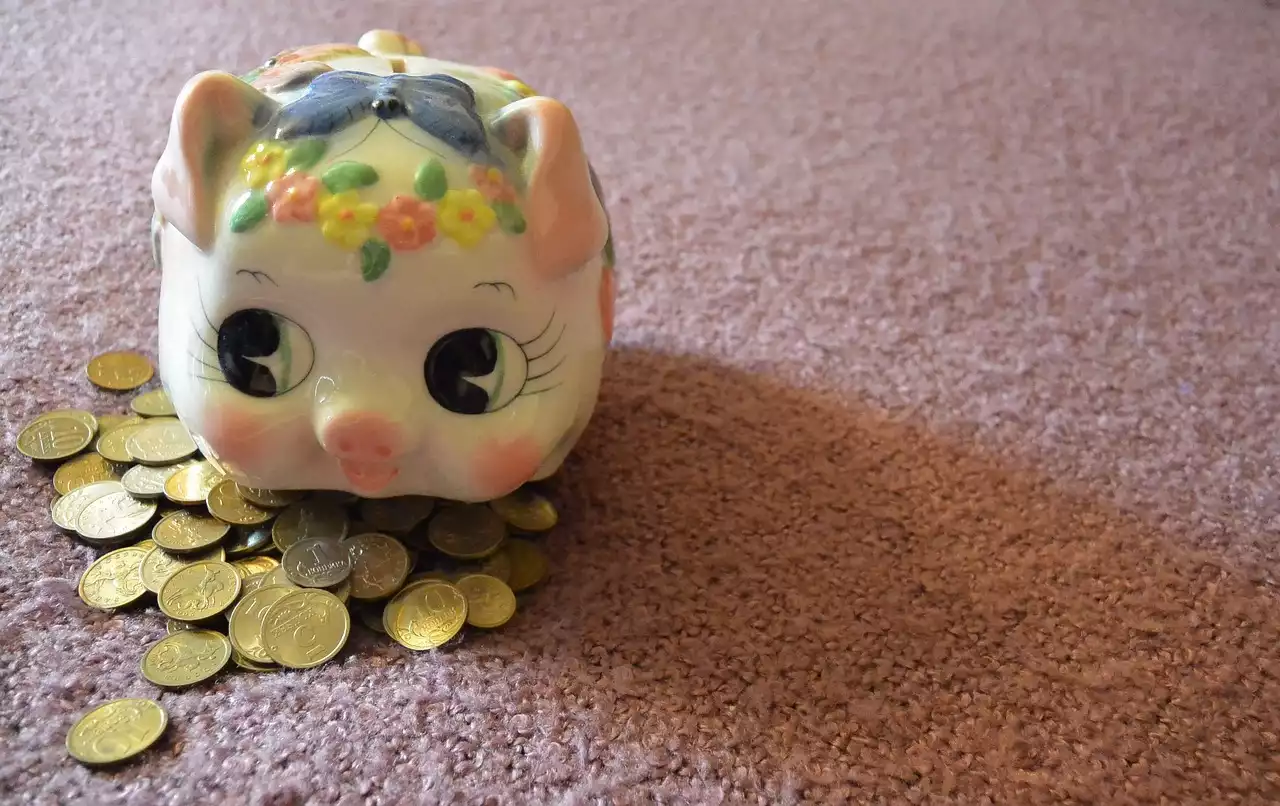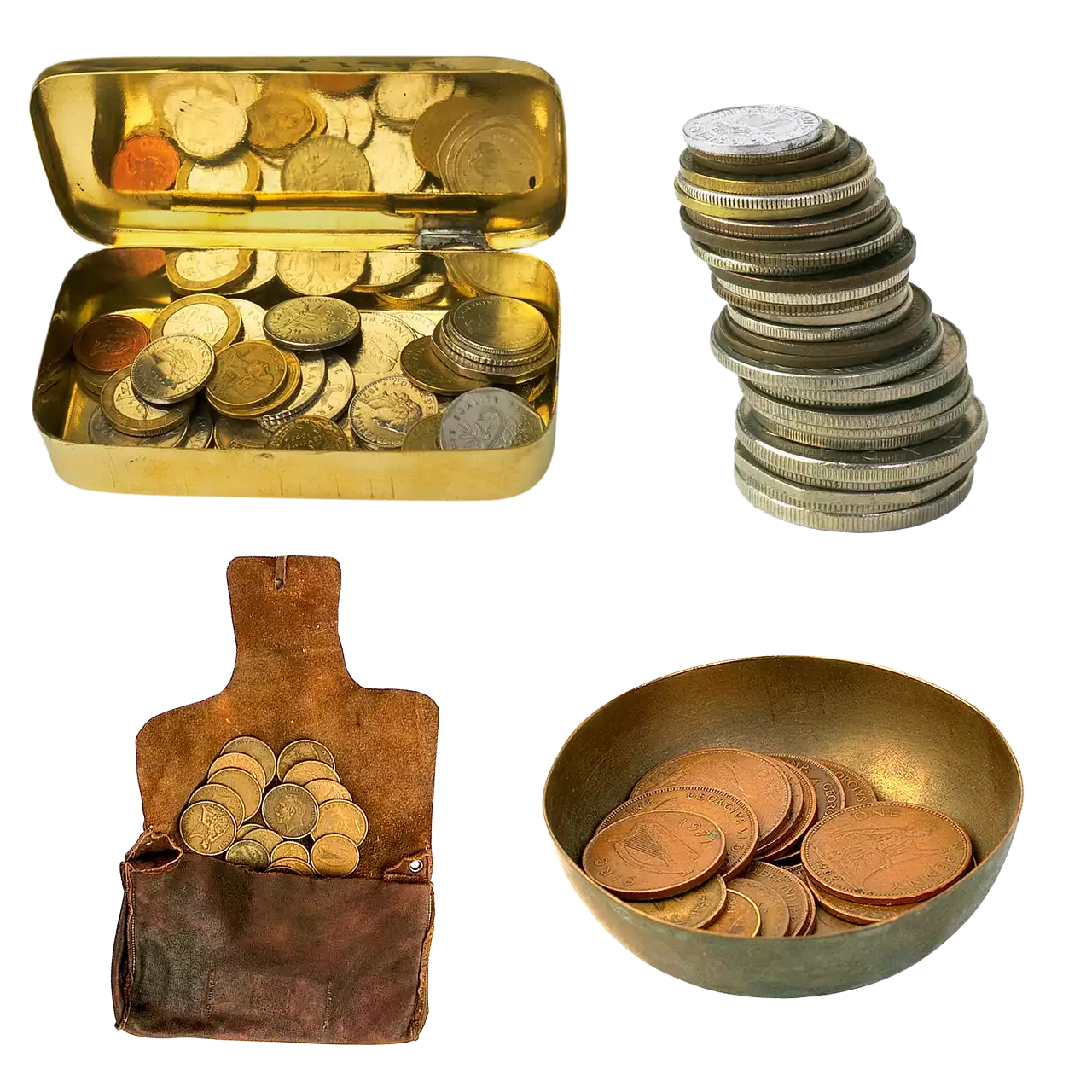What is the Nikkei 225 Index?
It is seen as a good proxy for the overall performance of the Japanese market, and the movements of the index are often seen as an indication of the direction of the Japanese economy. The index can also be used to measure the performance of Japanese companies over time and is often used as a gauge of investor sentiment. The index is calculated based on the weighted average price of the stocks that make up the index. It is also referred to as the Nikkei Dow Jones Stock Average. The Nikkei 225 is often confused with the Dow Jones Industrial Average, which is a similar but different index calculated in the U.S.
History of the Nikkei 225 Index
The Nikkei 225 Index was first published in 1950, and it was the first stock index to be calculated in Japan. It was created as a way for investors to measure the performance of Japanese companies over time, and it is often used as a gauge of investor sentiment. The index can also be used to measure the performance of Japanese companies over time and is often used as a gauge of investor sentiment. The index is calculated based on the weighted average price of the stocks that make up the index. It is also referred to as the Nikkei Dow Jones Stock Average. The Nikkei 225 is often confused with the Dow Jones Industrial Average, which is a similar but different index calculated in the U.S.
Components of the Nikkei 225 Index
The Nikkei 225 Index is made up of the 225 highest-traded stocks on the Tokyo Stock Exchange. The companies can be broken down into four categories: Financial Services.
Health Care.
Technology.
Industrials.
How the Nikkei 225 Index is calculated
The Nikkei 225 Index is calculated based on the weighted average price of the stocks that make up the index. It is also referred to as the Nikkei Dow Jones Stock Average. The Nikkei 225 is often confused with the Dow Jones Industrial Average, which is a similar but different index calculated in the U.S. The index is calculated daily by taking the total market capitalization of all the companies in the index and then dividing this figure by the number of stocks in the index. Next, the index is converted into a percentage and added up for each company. The weight of each company is then determined by multiplying these percentages by the total market cap.
How the Nikkei 225 Index is used
The Nikkei 225 Index is used as a benchmark for the Japanese stock market. It is also used to measure the performance of Japanese companies over time and is often used as a gauge of investor sentiment. The index can also be used to measure the performance of Japanese companies over time and is often used as a gauge of investor sentiment. The index is calculated based on the weighted average price of the stocks that make up the index. It is also referred to as the Nikkei Dow Jones Stock Average. The Nikkei 225 is often confused with the Dow Jones Industrial Average, which is a similar but different index calculated in the U.S.
The recent performance of the Nikkei 225 Index
The Nikkei 225 came close to the 20,000 mark in October 2017, falling just short of the milestone figure. The fall in 2018 was abrupt, and it fell below the psychological 10,000 level during the first week in February 2018. The index recovered later in February, but there was no change even later in the year. The fall was largely due to global factors, including a rising U.S. dollar and rising interest rates. The index has recovered since then, but it has not yet reached the high mark of 20,000. The index closed the year with a 3.3% fall.
Alternatives to the Nikkei 225 Index
The Nikkei 225 Index is a good choice for diversifying your portfolio and spreading your risk across different sectors of the Japanese market, but other indices can do the same. The S&P/ASX 200 is another good choice for investors looking to diversify their portfolios and spread their risk across different sectors of the Australian market. Other indices are not tied to specific countries. These include the S&P 500, which covers the U.S. equity market, and the MSCI World, which covers the global equity market.









